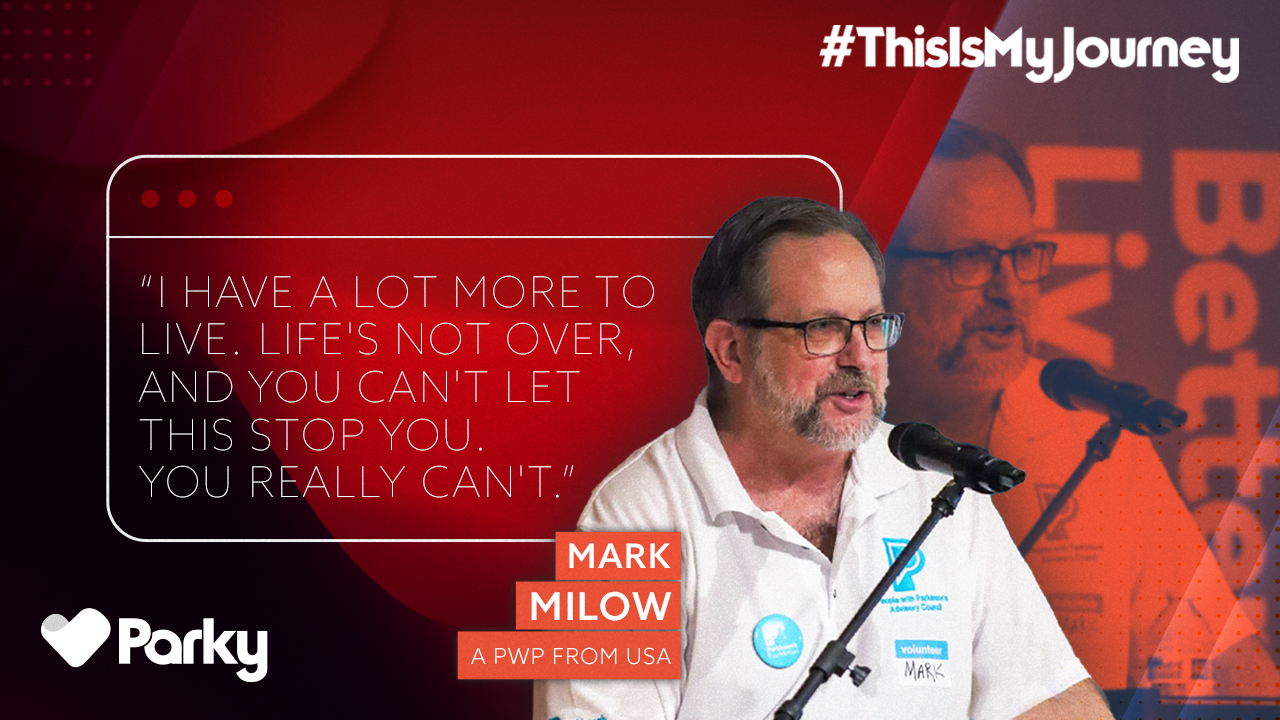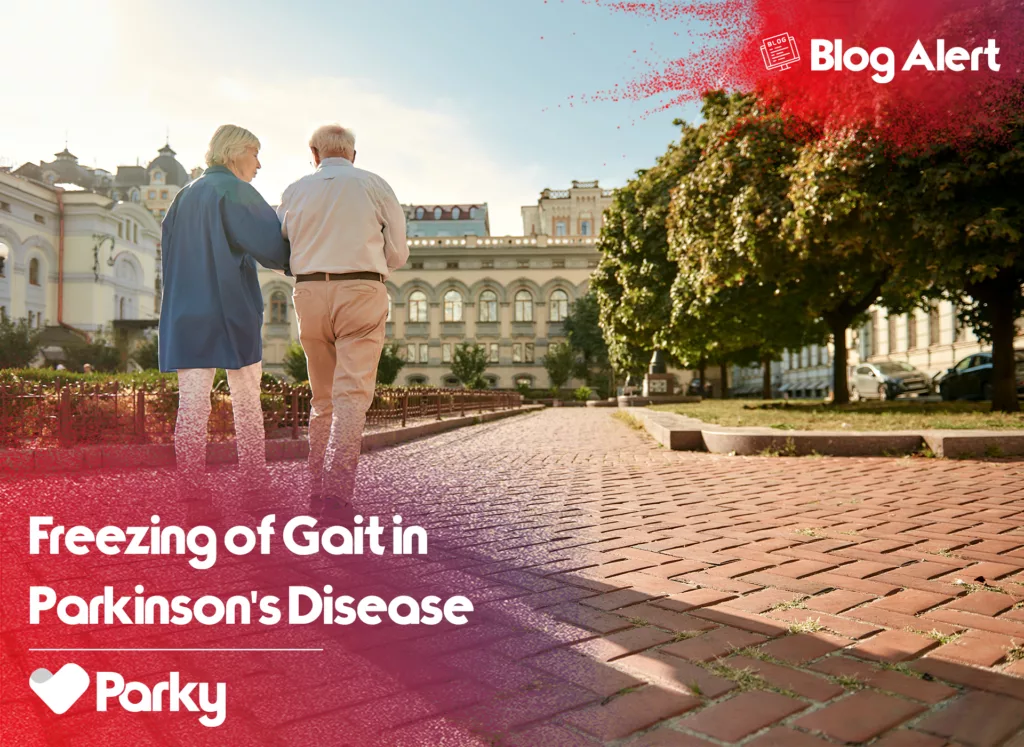

Freezing of gait (FOG) within Parkinson's disease remains a mysterious and often perplexing phenomenon. This puzzling symptom presents tough challenges for patients, caregivers, and clinicians as well. Drawing attention to FOG is crucial for early intervention and improving life quality for people with Parkinson's.
Freezing of gait is characterized by sudden, temporary episodes where individuals struggle to start or continue walking despite wanting to do so. FOG represents a significant barrier to mobility and independence for individuals grappling with PD. This enigmatic phenomenon often manifests as a sudden sensation of being ‘’stuck in place’’. While the feet are seemingly glued to the ground, the rest of the body continues to move forward, predisposing individuals to falls and injuries.
FOG episodes can occur during various activities of daily living. These can include initiating movement, turning, and navigating through confined spaces. FOG can also occur in response to stress and anxiety-inducing situations.
It's estimated that freezing of gait affects up to 70-80% of individuals with Parkinson's disease at some point. However, the frequency and severity of FOG episodes can increase especially in the advanced stages.
Freezing of gait in Parkinson's disease is a complex phenomenon with multiple contributing factors. While the exact causes are not fully understood, several key factors are believed to play a role:
Freezing of gait in Parkinson's disease can be triggered by various factors. Recognizing these triggers is essential for individuals with Parkinson's disease and their caregivers to anticipate and manage freezing episodes effectively.
In this video, hosted by Bob and Brad, two renowned physical therapists, insightful strategies for managing freezing of gait in Parkinson's disease are discussed. With their expertise and practical approach, Bob and Brad provide valuable tips to assist individuals experiencing freezing episodes. Here is the video:
Freezing of gait can be a frustrating and frightening experience for people with Parkinson's disease. Fortunately, there are several approaches to managing it. These combine established strategies with exciting new developments.
One of the most commonly prescribed medications for managing freezing of gait is levodopa. However, although levodopa can effectively alleviate freezing of gait in the short term, its long-term efficacy may be limited. Long-term pulsatile levodopa treatment has also been linked to an increase in the occurrence of FOG. Researchers are increasingly focusing on understanding the heterogeneity of FOG. New treatment strategies include identifying biomarkers, genetic factors, and other patient-specific characteristics. These help develop personalized interventions that address the underlying mechanisms driving FOG.
Wearable devices equipped with sensors and artificial intelligence algorithms are poised to play a significant role in FOG. Future developments may include more sophisticated wearable systems. These systems can be capable of providing real-time monitoring, adaptive cueing, and personalized feedback to individuals. They can ultimately improve mobility and reduce fall risk.
Join our community in spreading hope and strength. Tell us your unique journey with Parkinson's to uplift and empower others.